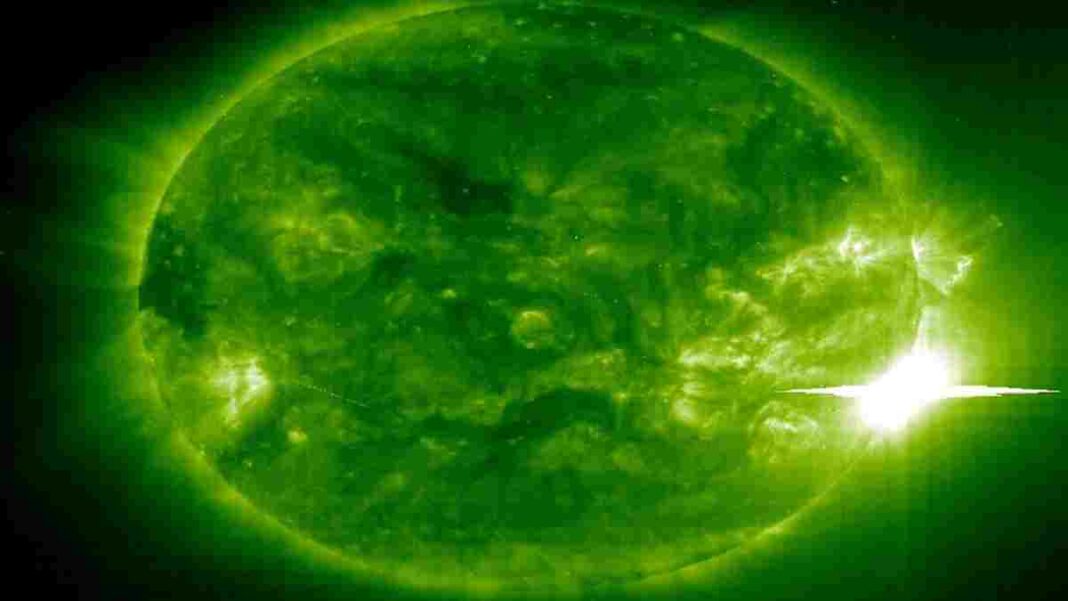UNITED STATES: The Interplanetary Magnetic Field (IMF) close to Earth abruptly changed on January 17 due to the Sun’s explosion on January 14 with a partial halo Coronal Mass Ejection (CME). Even though it just caused auroras, greater solar flares have the potential to harm electrical networks and satellites and even result in power outages.
The ability of scientists to forecast the time and location of the next solar eruption has improved. In the scorching Sun’s upper atmosphere, they have discovered fresh evidence that might help them crack the mystery.
Small signals have been found in the corona, the uppermost layer of the Sun’s atmosphere.
These signals can be used to determine which parts of the Sun are most likely to create solar flares, which are intense blasts of light and particles.
The NorthWest Research Associates team discovered that the corona created tiny lights over the regions ready to ignite. Before the large explosion, these were like tiny sparklers.
Compared to the photosphere, or “surface,” of the Sun, we can find some very distinct information in the corona.
The analysis of time-series pictures from the Solar Dynamics Observatory/Atmospheric Imaging Assembly (AIA) of a significant sample of active regions served as the basis for the work published in The Astrophysical Journal.
According to KD Leka, principal author of the study and a recognized foreign professor at Nagoya University in Japan, “our findings may provide us with a new marker to identify which active locations are likely to flare soon and which will stay quiet during an impending period of time.”
They integrated almost eight years worth of ultraviolet and ultra-ultraviolet photos of active zones.
The investigation showed that tiny lights preceded each flare in the corona.
To make new tools to predict solar flares, these and other recent findings will help scientists learn more about the physics going on in these magnetically active areas.
The data, according to researchers, may aid with better forecasting of flares and space weather events, which are disruptions in space conditions brought on by the Sun’s activities.
According to NASA, space weather can have various effects on Earth, including the production of auroras, the risk to astronauts, the interference with radio communications, and even the infliction of significant electrical blackouts.
Also Read: NASA Reveals 2022 as the 5th Warmest Year Ever Recorded



